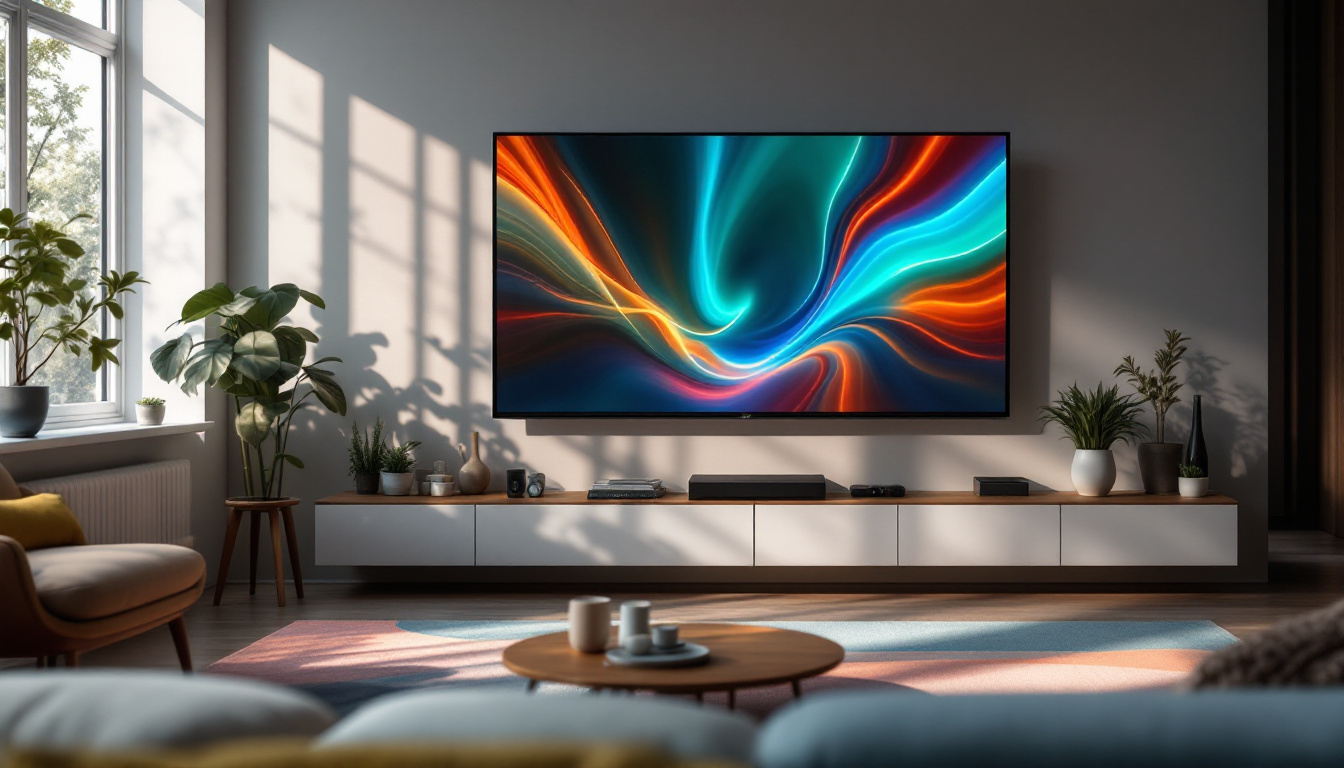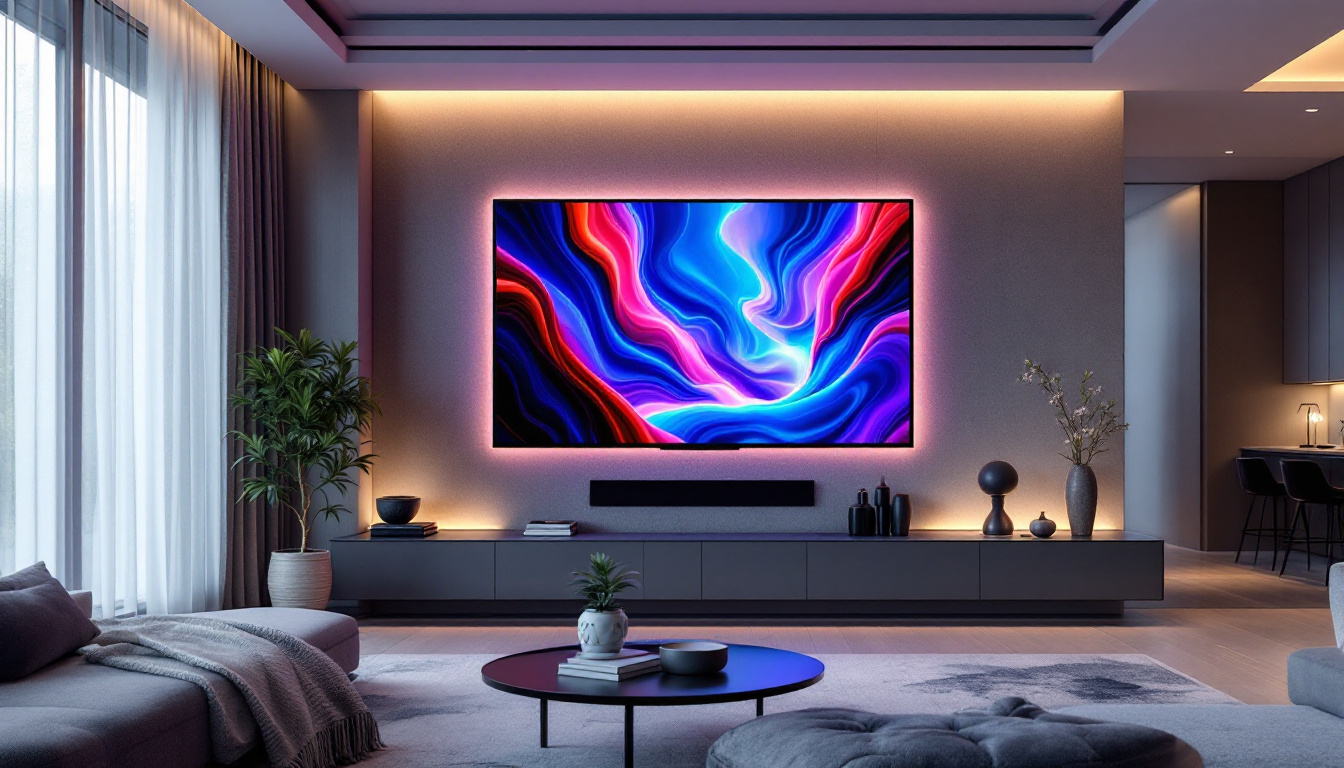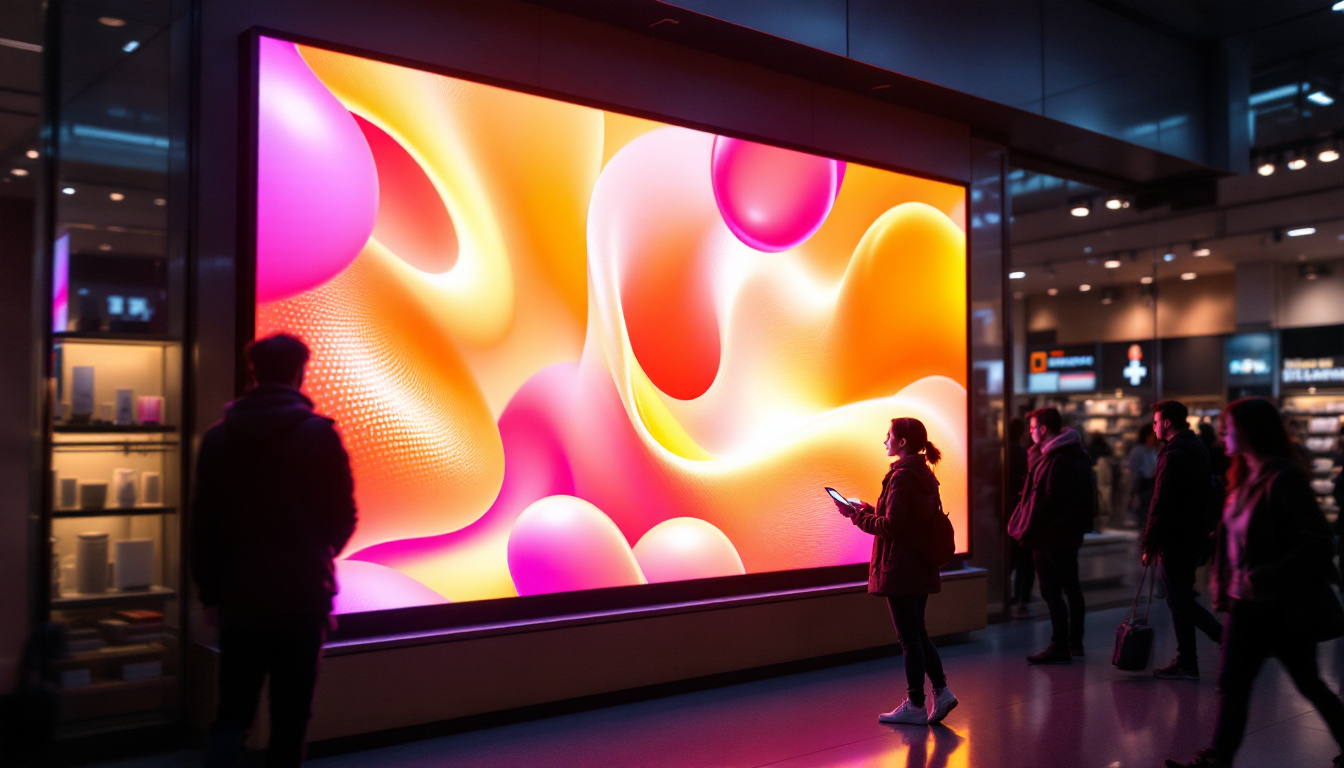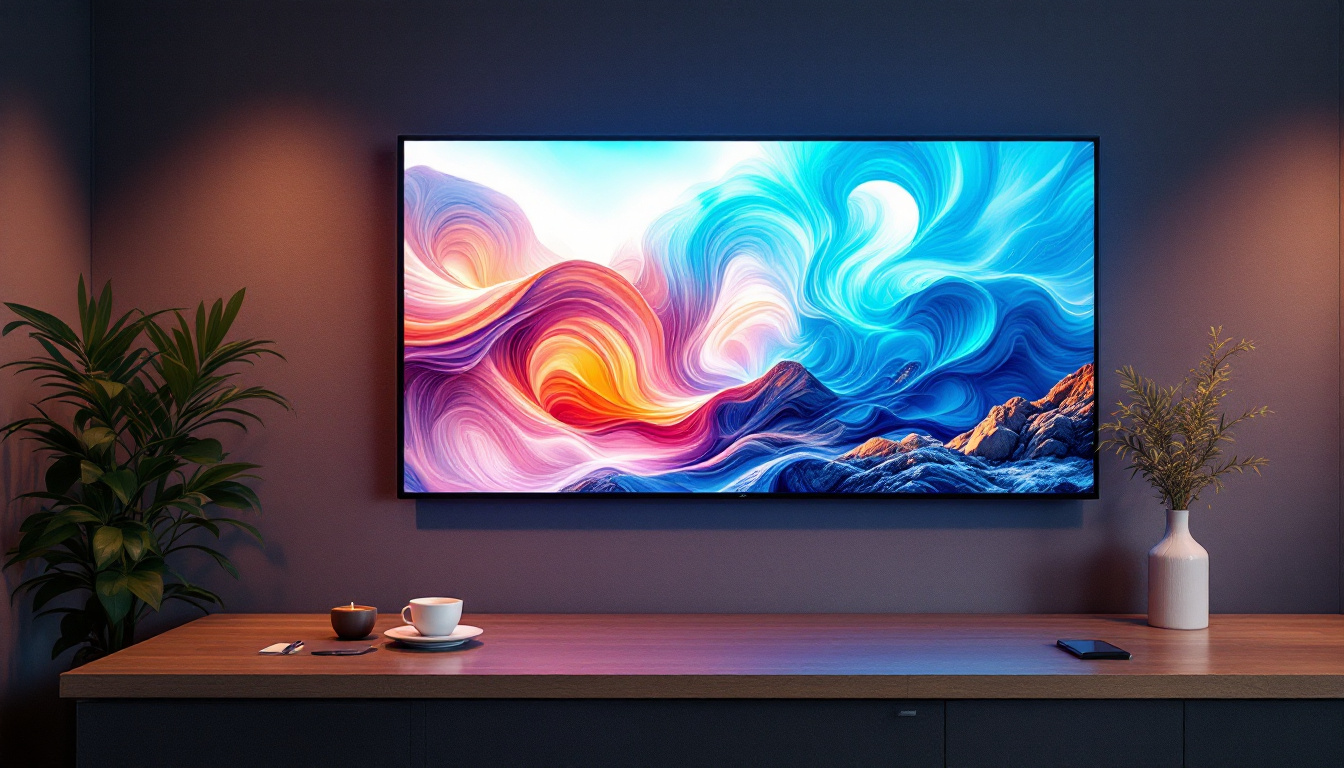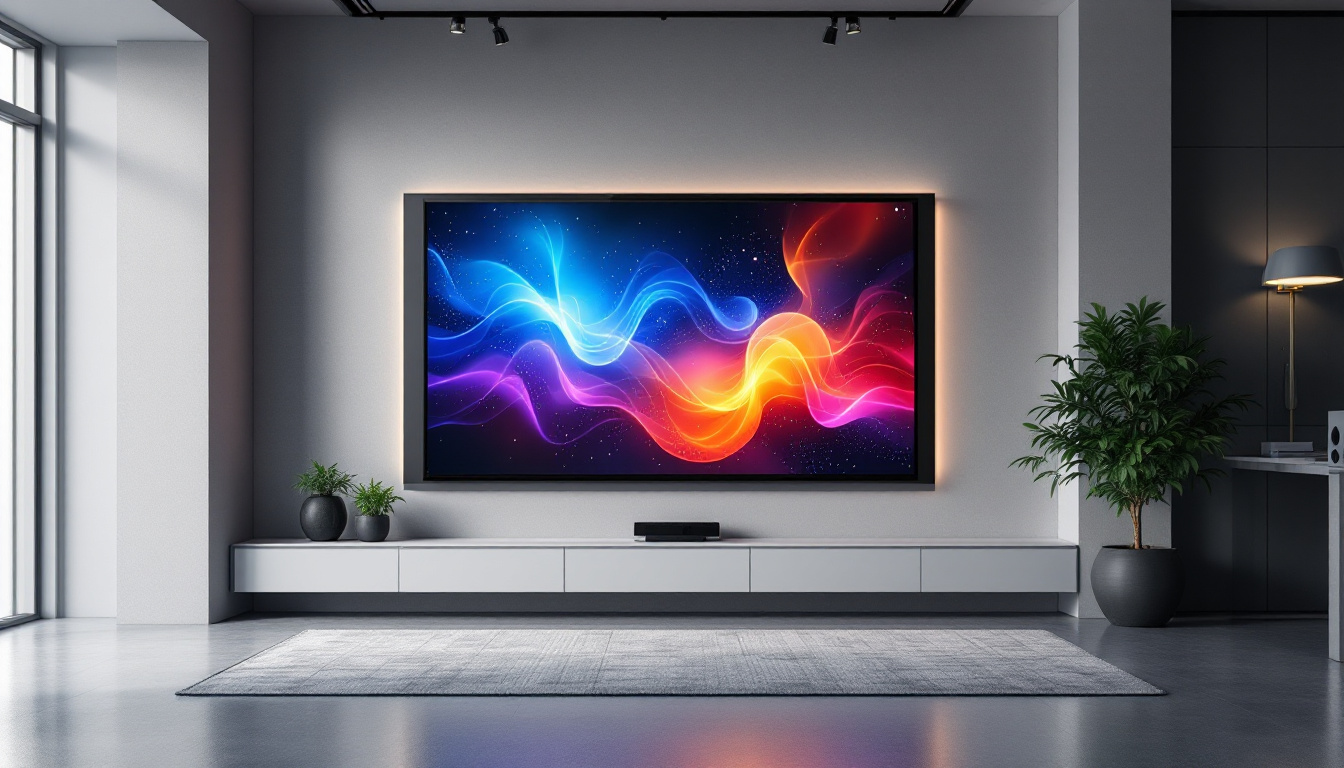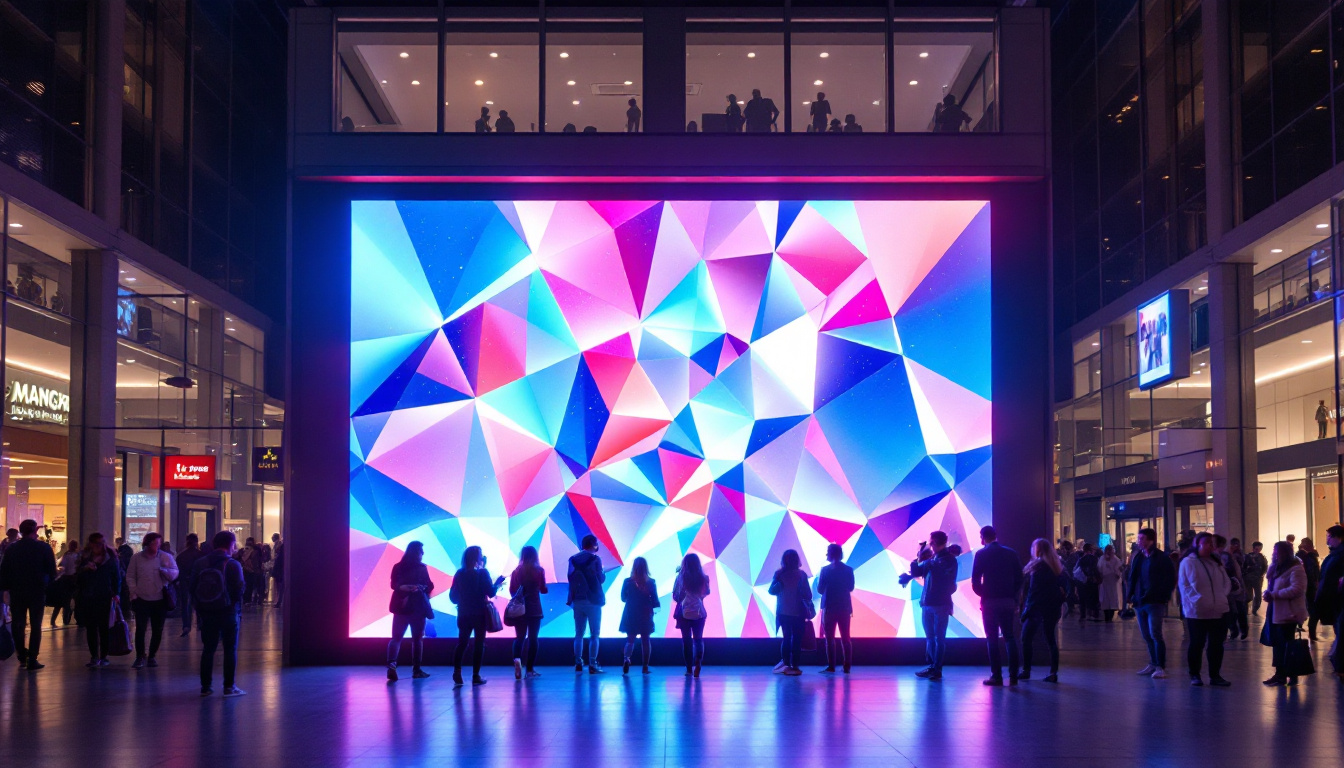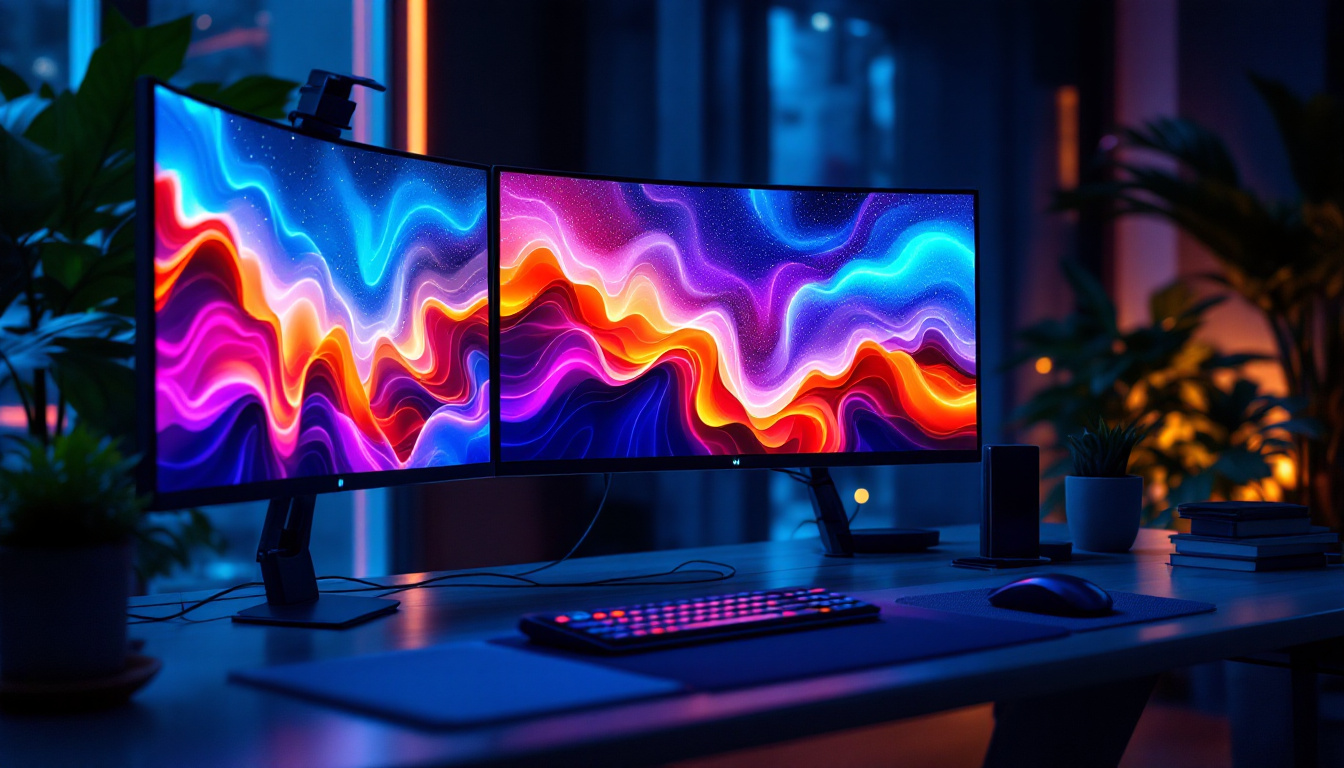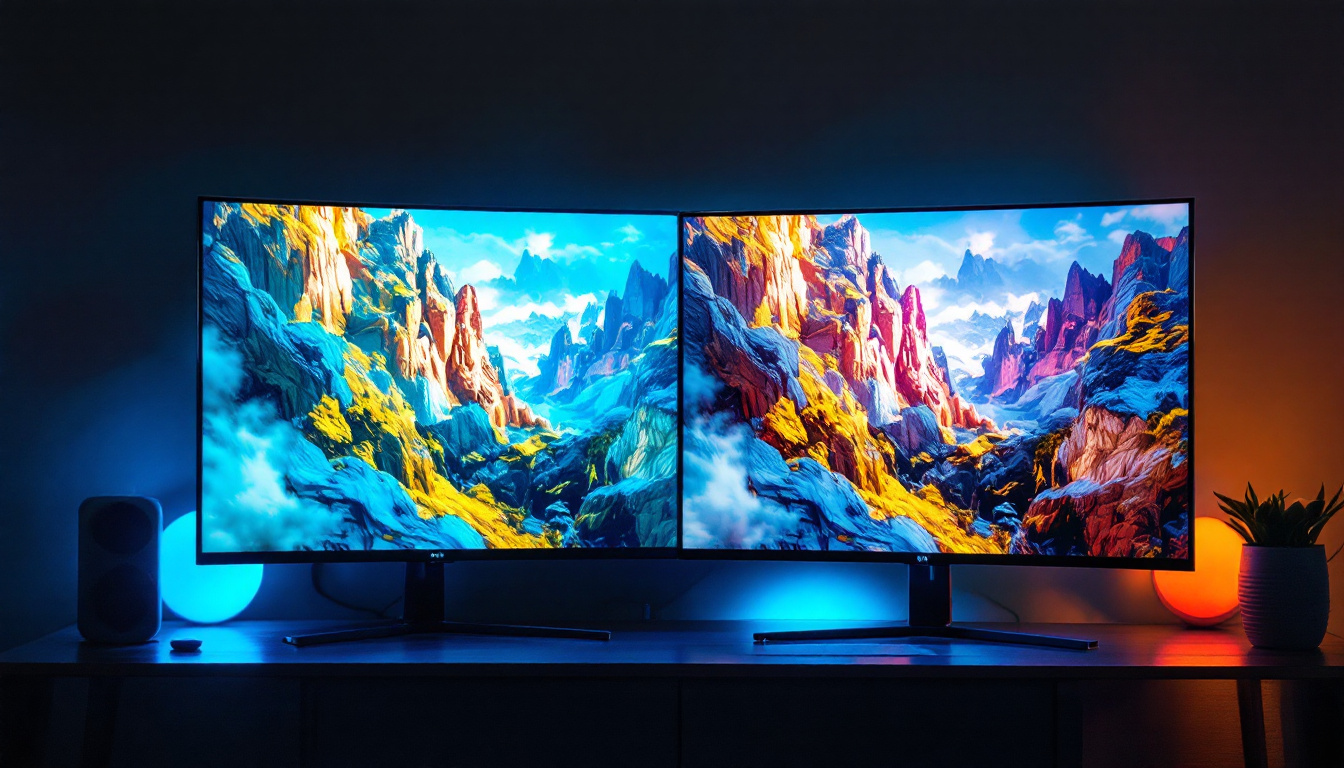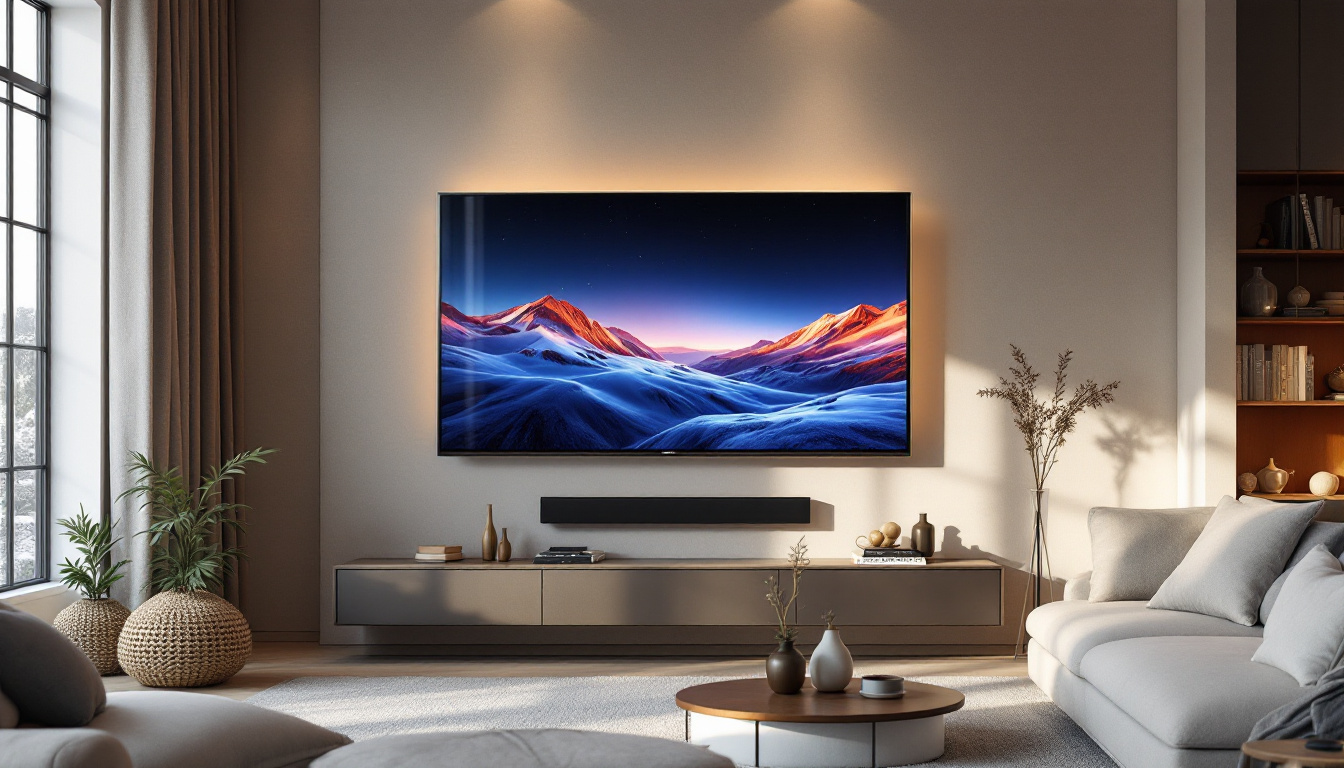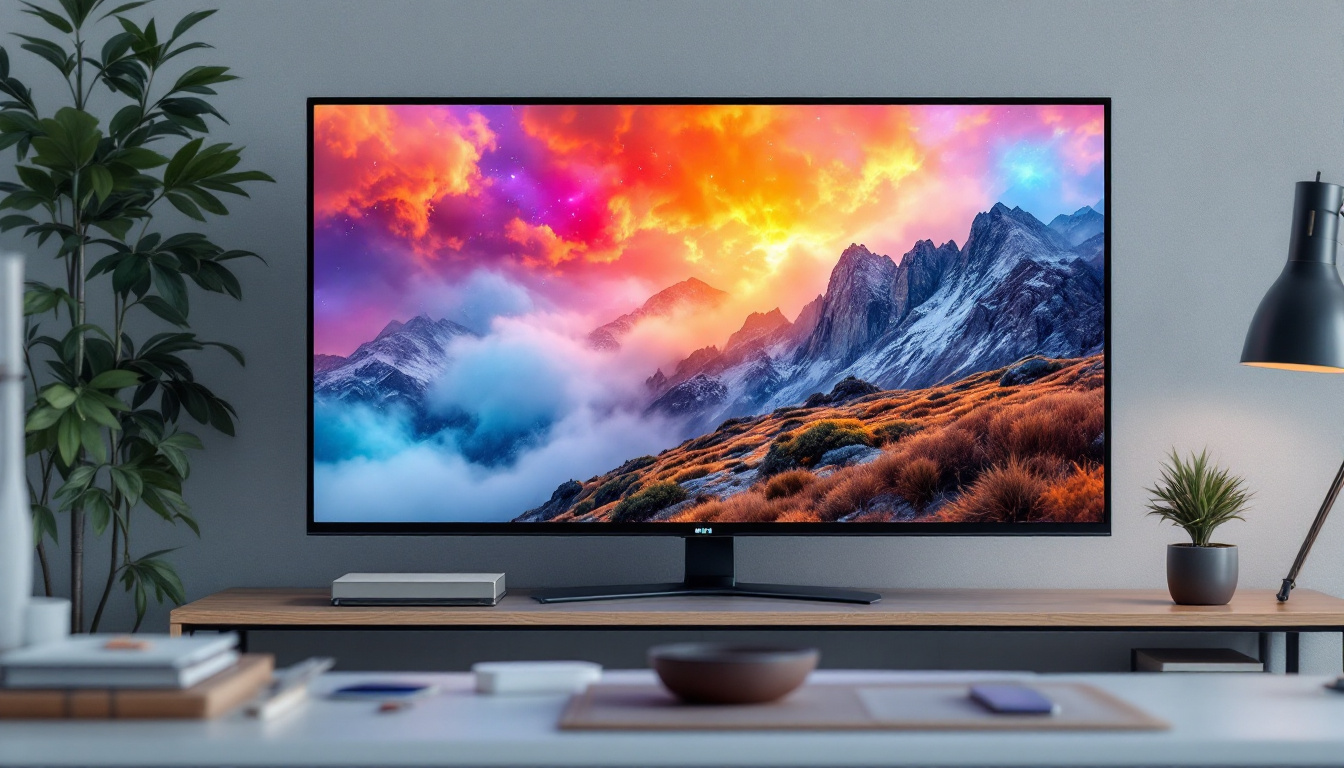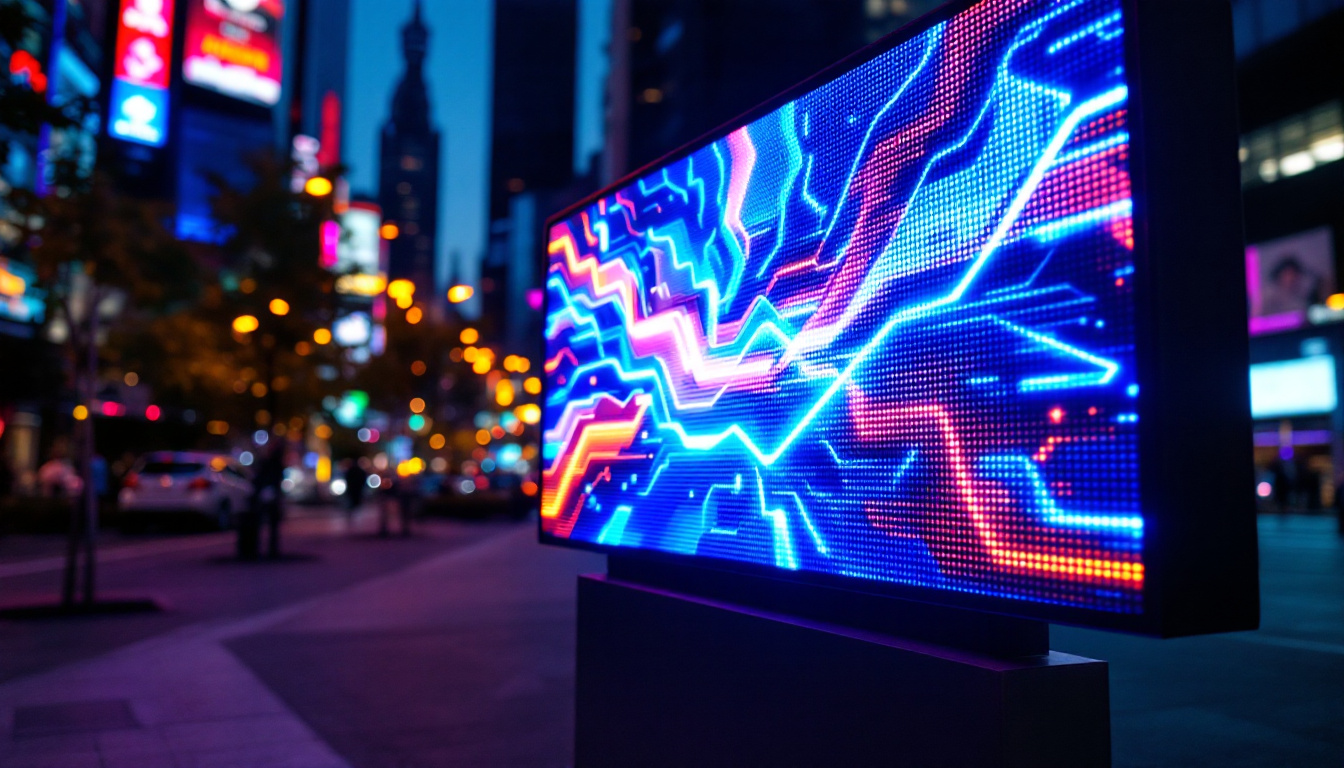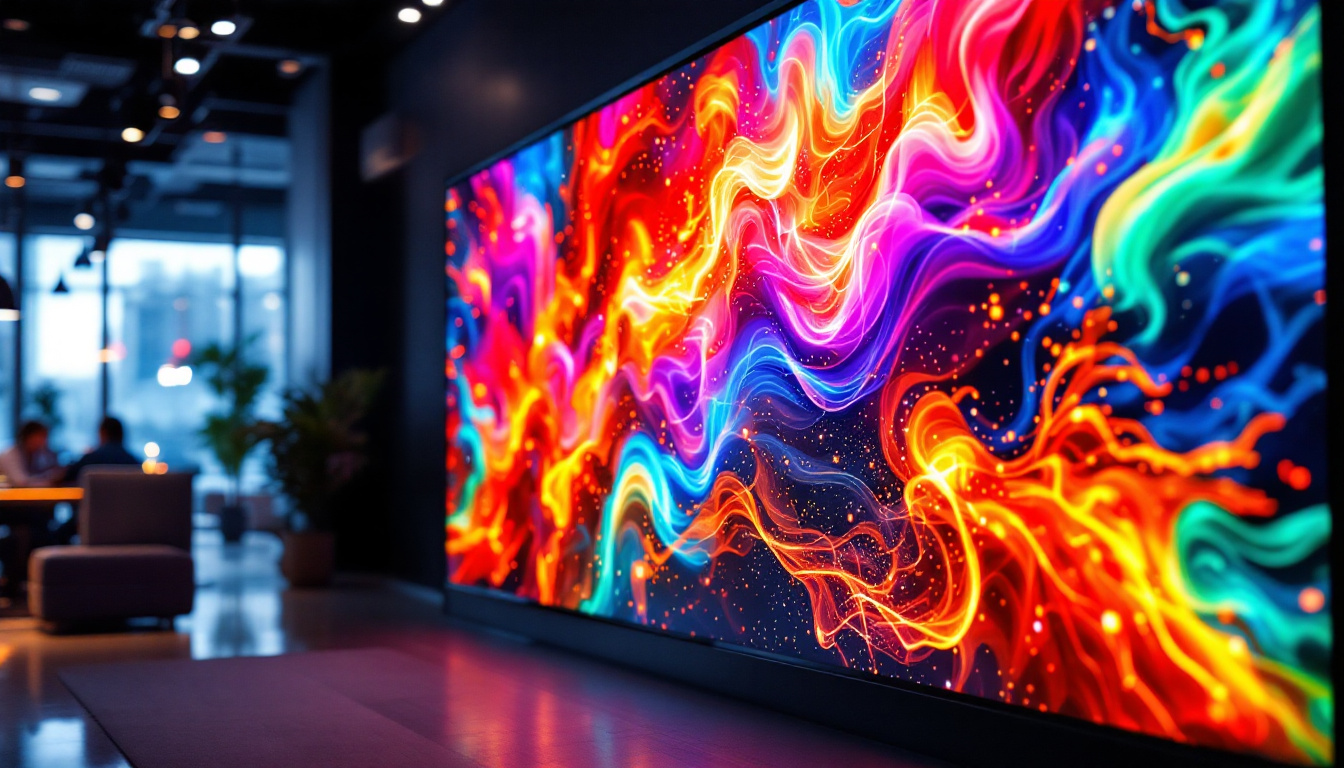In recent years, LED technology has revolutionized the television industry, offering consumers a wide array of options when it comes to visual entertainment. The term “LED TV” often pops up in advertisements and store displays, but what does it really mean? This article delves into the intricacies of LED displays, exploring how they work, their advantages, and what to consider when purchasing one.
Understanding LED Technology
LED, or Light Emitting Diode, is a technology that uses semiconductor materials to produce light. This innovation has been adapted for various applications, including television displays. Unlike traditional LCD screens that rely on fluorescent backlighting, LED TVs utilize an array of tiny diodes to create brighter and more vibrant images. The efficiency of LED technology not only enhances visual quality but also significantly reduces energy consumption, making it an environmentally friendly choice for consumers who are conscious about their carbon footprint.
How LED Displays Work
At the core of LED technology is the ability of diodes to emit light when an electric current passes through them. In LED TVs, these diodes are arranged in a grid behind the screen. The display itself is made up of liquid crystals that modulate the light emitted by the diodes. This combination allows for a more dynamic range of colors and improved contrast ratios. Furthermore, the rapid response time of LED technology enables smoother motion handling, which is particularly beneficial for fast-paced content such as sports and action films.
There are two primary types of LED displays: edge-lit and backlit. Edge-lit LED TVs have diodes placed along the edges of the screen, while backlit models feature a full array of diodes behind the entire display. Backlit models typically offer better contrast and color accuracy, making them a preferred choice for many consumers. Additionally, advancements in local dimming technology have further enhanced the performance of backlit displays by allowing specific areas of the screen to dim or brighten independently, resulting in deeper blacks and more vivid highlights.
The Evolution of LED Technology
LED technology has come a long way since its inception. Initially, the focus was on improving brightness and energy efficiency. However, advancements have led to the development of OLED (Organic Light Emitting Diode) displays, which offer even greater color depth and contrast. While OLED is often seen as the premium option, traditional LED TVs remain popular due to their affordability and reliability. As manufacturers continue to innovate, we are also witnessing the emergence of MicroLED technology, which promises to combine the best features of both OLED and traditional LED, offering self-emissive pixels with exceptional brightness and color performance without the risk of burn-in associated with OLED displays.
Advantages of LED Displays
LED TVs have several advantages over their traditional counterparts. These benefits not only enhance the viewing experience but also contribute to the overall value of the investment.
Superior Picture Quality
One of the standout features of LED displays is their superior picture quality. The ability to produce deeper blacks and brighter whites results in a more immersive viewing experience. This is particularly noticeable in dark scenes, where the contrast between light and shadow is crucial for visual clarity.
Furthermore, LED technology allows for a wider color gamut, meaning that viewers can enjoy a more extensive range of colors. This is especially beneficial for watching movies and playing video games, where vibrant colors can significantly enhance the experience. The advancements in HDR (High Dynamic Range) technology further elevate the visual experience, allowing for more detailed highlights and shadows, making scenes appear more lifelike. As a result, viewers can appreciate the nuances in cinematography and artistry that might be lost on lesser displays.
Energy Efficiency
In an age where energy consumption is a growing concern, LED TVs stand out for their efficiency. Compared to traditional plasma or LCD screens, LED displays consume significantly less power. This not only translates to lower electricity bills but also reduces the environmental impact of television usage.
Many LED TVs also come equipped with energy-saving features, such as automatic brightness adjustment and eco modes, further enhancing their energy efficiency. This makes them an appealing choice for environmentally conscious consumers. Additionally, the longevity of LED technology means that these displays have a longer lifespan than traditional TVs, reducing the frequency of replacements and the associated waste. This durability, combined with their low energy consumption, makes LED TVs a smart choice for both the wallet and the planet.
Thin and Lightweight Design
Another advantage of LED technology is the sleek design of LED TVs. The thin profile allows for easy wall mounting and integration into modern living spaces. Unlike older models that were bulky and heavy, today’s LED TVs are lightweight and aesthetically pleasing, making them a popular choice for home decor.
This design flexibility not only enhances the visual appeal of a room but also allows for innovative setups, such as multi-screen arrangements or immersive home theater experiences. Many manufacturers now offer customizable stands and mounting options, enabling users to tailor their viewing environment to their specific needs and preferences. Moreover, the reduced weight of these displays means that installation is often a straightforward process, allowing even those with minimal technical skills to set up their entertainment systems with ease.
Considerations When Buying an LED TV
While LED TVs offer numerous benefits, there are several factors to consider before making a purchase. Understanding these aspects can help consumers make informed decisions that align with their viewing preferences and needs.
Screen Size and Viewing Distance
Choosing the right screen size is crucial for an optimal viewing experience. The ideal size often depends on the distance between the TV and the seating area. As a general rule, the larger the screen, the further away viewers should sit to avoid eye strain and ensure a comfortable experience.
For instance, if a viewer is sitting approximately 8 feet away, a screen size of 55-65 inches is typically recommended. However, personal preferences and room layout can also influence this decision, so it’s essential to consider individual circumstances.
Resolution: 4K vs. 1080p
Resolution is another critical factor when selecting an LED TV. The two most common resolutions are 1080p and 4K. While 1080p (Full HD) offers excellent picture quality, 4K (Ultra HD) provides four times the resolution, resulting in sharper images and more detail.
For consumers who enjoy high-definition content, such as streaming services and Blu-ray discs, investing in a 4K LED TV may be worthwhile. However, it is essential to ensure that the content being viewed supports the higher resolution to fully appreciate the benefits.
Smart Features and Connectivity
In today’s digital age, many consumers seek smart TVs that offer internet connectivity and access to streaming services. When shopping for an LED TV, it’s essential to consider the smart features available, such as built-in apps, voice control, and compatibility with smart home devices.
Additionally, connectivity options like HDMI ports, USB ports, and wireless capabilities should be evaluated. These features enhance the versatility of the TV, allowing users to connect various devices, such as gaming consoles, sound systems, and external storage.
Popular Brands and Models
The market for LED TVs is saturated with numerous brands and models, each offering unique features and specifications. Some of the most popular brands include Samsung, LG, Sony, and TCL, each known for their quality and innovation.
Samsung LED TVs
Samsung is a leader in the television market, renowned for its QLED technology, which enhances color and brightness. Their range of LED TVs caters to various budgets and preferences, making them a popular choice among consumers. Samsung models often come equipped with smart features and high refresh rates, ideal for gamers and movie enthusiasts alike.
LG LED TVs
LG is another prominent player, known for its OLED technology, but it also offers a wide range of LED TVs. LG models are praised for their color accuracy and sleek design. Additionally, many LG TVs feature AI technology that optimizes picture and sound settings based on the content being viewed.
Sony LED TVs
Sony’s LED TVs are celebrated for their exceptional picture quality and advanced processing technology. Their Bravia line, in particular, is known for delivering stunning visuals and immersive sound. Sony TVs also tend to have robust smart features, providing users with a seamless viewing experience.
Maintaining Your LED TV
To ensure the longevity and optimal performance of an LED TV, proper maintenance is essential. Regular care can prevent issues and enhance the viewing experience.
Cleaning the Screen
Dust and fingerprints can accumulate on the screen, affecting picture quality. To clean an LED TV screen, it is advisable to use a microfiber cloth and a gentle cleaning solution specifically designed for electronics. Avoid using harsh chemicals or abrasive materials, as these can damage the screen.
Updating Software
Many LED TVs come with built-in software that requires regular updates to enhance performance and security. Keeping the software up to date ensures access to the latest features and improvements. Most TVs will notify users when updates are available, making it easy to stay current.
Proper Placement
Where the TV is placed can significantly impact its performance. It is recommended to position the TV away from direct sunlight to prevent glare and overheating. Additionally, ensuring proper ventilation around the TV can help maintain optimal operating temperatures.
Conclusion
LED technology has transformed the television landscape, offering consumers an impressive array of options that enhance their viewing experience. With superior picture quality, energy efficiency, and sleek designs, LED TVs are a popular choice for many households.
When considering a purchase, it is crucial to evaluate factors such as screen size, resolution, and smart features to find the perfect fit. With the right information and careful consideration, consumers can enjoy the benefits of LED displays for years to come.
As technology continues to evolve, LED TVs will undoubtedly remain at the forefront of home entertainment, providing viewers with stunning visuals and immersive experiences.
Discover the Future of Visual Entertainment with LumenMatrix
Ready to elevate your viewing experience with the latest in LED display technology? LumenMatrix is at the forefront of innovation, offering a wide range of LED display solutions tailored to your needs. From mesmerizing Indoor LED Wall Displays to dynamic Outdoor LED Wall Displays, and from versatile Vehicle LED Displays to stunning LED Sports Displays, our products are designed to captivate and engage. Embrace the future of visual communication with our All-in-One LED Displays, LED Transparent Displays, and more. Don’t miss out on the opportunity to transform your space. Check out LumenMatrix LED Display Solutions today and step into a world of unparalleled clarity and impact.

